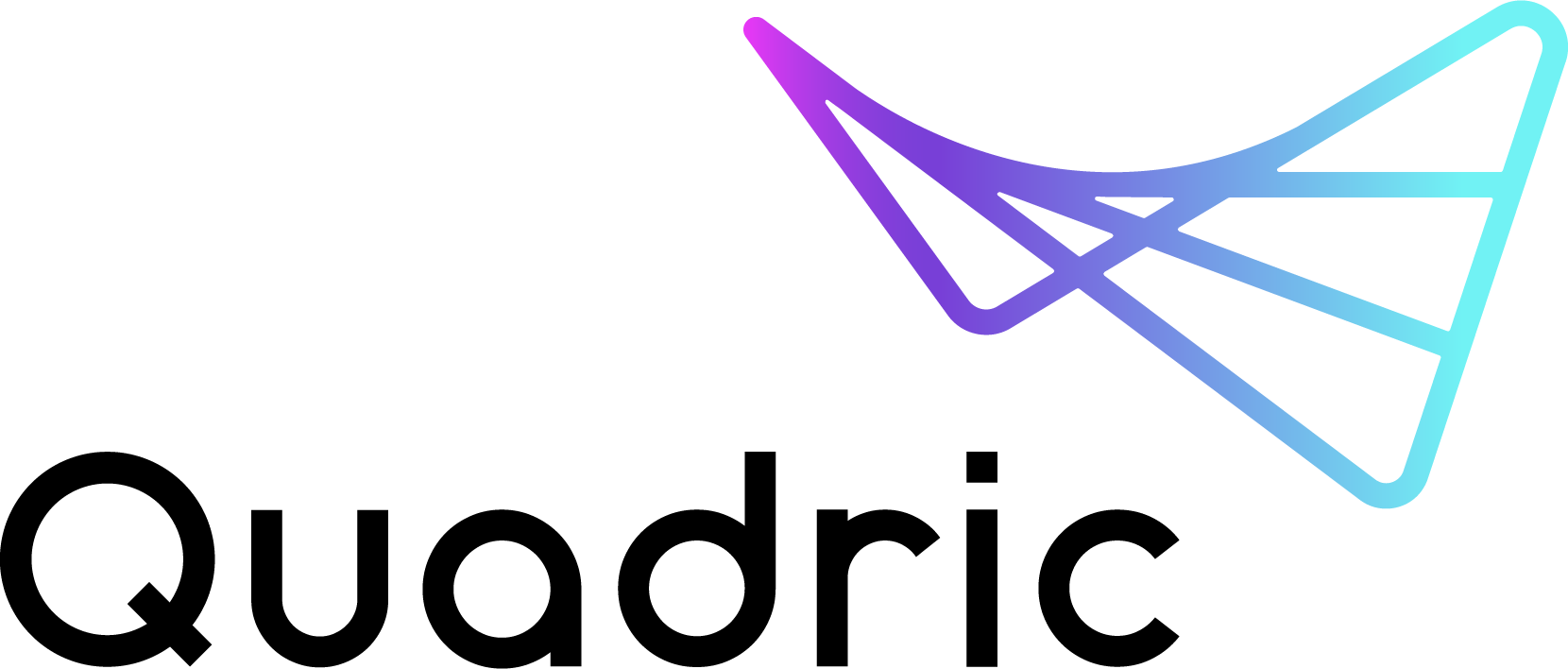(July 22, 2024) Semiconductor Engineering - Perhaps more impressive than our ability to support ConvNext – at a high 28 FPS frame rate – is the startling increase in the sheer number of working models that compile and run on the Chimera processor as our toolchain rapidly matures.

